For millennia, the Mediterranean basin has cradled a culinary tradition where olive oil isn't merely an ingredient - it's liquid gold, a cultural cornerstone, and arguably nature's most perfect food. The Mediterranean diet, recently crowned the world's healthiest eating pattern for seven consecutive years by U.S. News & World Report, owes much of its therapeutic power to this ancient nectar.
Beyond adding flavor to hummus and dressing Greek salads, extra virgin olive oil (EVOO) operates as a bioactive powerhouse, delivering scientifically-proven protections against chronic diseases while embodying a lifestyle philosophy that has nourished civilizations from ancient Minoans to modern Italians. This exploration uncovers why EVOO remains medicine masquerading as food, and how its molecular magic contributes to the extraordinary longevity observed in Mediterranean blue zones.
The Sacred Tree: An 8,000-Year-Old Love Affair
The olive tree's roots in Mediterranean culture run as deep as its gnarled trunks sink into rocky soils. Archaeological evidence from Carmel Mountain reveals olive oil production as early as 6,000 BCE, with ancient amphorae bearing oil residue found in Minoan palaces. Homer famously called it "liquid gold," while Hippocrates documented over 60 medicinal uses for olive oil, from wound healing to gynecological treatments. What began as sacred anointing oil in religious rituals gradually became the dietary foundation of entire civilizations.
Modern science confirms what Mediterranean grandmothers have known instinctively: the region's exceptionally low rates of cardiovascular disease, diabetes and neurodegenerative conditions correlate strongly with olive oil consumption. The PREDIMED study - the most comprehensive research on the Mediterranean diet - demonstrated that participants consuming over four tablespoons daily experienced 30% fewer major cardiovascular events. Unlike transient food trends, olive oil's benefits have been field-tested across eighty centuries of human consumption, making it arguably the most time-tested superfood on earth.
Molecular Alchemy: Why EVOO Outshines Other Fats
At the molecular level, high-quality extra virgin olive oil is a symphony of over 230 bioactive compounds. Its starring component - monounsaturated oleic acid - comprises up to 83% of its fatty profile, reducing inflammation by suppressing pro-inflammatory cytokines like TNF-alpha. But the true magic lies in its minor components: polyphenols like oleocanthal (with ibuprofen-like anti-inflammatory properties), oleuropein (a potent antioxidant), and hydroxytyrosol (which protects LDL cholesterol from oxidation).
The extraction process is crucial. Authentic cold-pressed EVOO retains these fragile compounds, whereas refined oils lose them entirely. Laboratory analyses reveal that premium EVOO contains antioxidant levels up to 30 times higher than generic olive oils. This explains why studies consistently show Mediterranean populations with EVOO-rich diets have longer telomeres (a biomarker of aging) and significantly reduced risks of breast cancer (68% lower in some studies) compared to those using seed oils. The oil's unique ability to upregulate beneficial gut microbiota further enhances its systemic benefits, creating a prebiotic effect that new research links to improved mental health outcomes.
From Heart to Brain: System-Wide Protection
Cardiologists first recognized olive oil's heart benefits through the "French Paradox" - despite saturated fat intake, Mediterranean populations showed remarkably low coronary disease rates. We now understand EVOO's polyphenols activate the Nrf2 pathway, reducing arterial plaque formation while improving endothelial function. Its vasodilatory effects can lower blood pressure as effectively as some medications, with Spanish research showing hypertensive patients reducing medication needs by 48% after adopting EVOO-rich diets.
Perhaps more remarkably, EVOO demonstrates profound neuroprotective properties. The polyphenol hydroxytyrosol crosses the blood-brain barrier, where it helps clear beta-amyloid plaques associated with Alzheimer's disease. In the landmark Three-City Study, elderly participants using olive oil daily exhibited 41% less cognitive decline. Nutritionists now recommend EVOO as part of "MIND diets" to prevent dementia, with MRI scans showing enhanced functional connectivity in brain regions responsible for memory consolidation among regular consumers.
Culinary Medicine: Maximizing the Benefits
The Mediterranean tradition of consuming raw EVOO on bread isn't just peasant food - it's optimized nutrition. Drizzling over finished dishes preserves heat-sensitive compounds destroyed at temperatures above 180°C (356°F). Contemporary chefs and nutrition scientists collaborate on "culinary pharmacology" approaches, like pairing EVOO with cruciferous vegetables to increase sulforaphane absorption eightfold, or combining it with tomatoes to make lycopene four times more bioavailable.
Quality distinctions matter profoundly. Authentic EVOO should carry harvest dates (best within 12 months), PDO certifications, and low acidity levels (<0.8%). The "fresh-cut grass" aroma indicates high polyphenol content, while peppery throat irritation confirms oleocanthal presence. Sadly, an estimated 70% of supermarket "extra virgin" oils fail international standards - a reality prompting Mediterranean producers to implement blockchain traceability from grove to bottle.
Sustainability and the Future of Liquid Gold
As climate change threatens traditional olive-growing regions, sustainable practices become crucial. Ancient techniques like dry farming (relying solely on rainfall) are being revived, while new technologies like AI-assisted irrigation optimize water use. Some forward-thinking estates employ sheep to control weeds naturally, creating closed-loop systems where manure fertilizes trees. The carbon sequestration potential of olive groves - up to 11 tons of CO2 per hectare annually - positions EVOO production as both nutritional and environmental solution.
Consumer education remains the final frontier. Recognizing that most of olive oil's benefits derive from fresh, properly stored EVOO (not the "light" or "pure" versions stripped of polyphenols), Mediterranean governments now fund programs teaching proper usage. From Barcelona to Beirut, nutritionists emphasize that the healthiest approach mirrors traditional patterns: 3-4 tablespoons daily of fresh, unfiltered EVOO, consumed alongside abundant vegetables, legumes and fish.
In an era of complicated nutritional advice and fleeting superfood trends, olive oil's enduring wisdom offers clarity. It represents not just a food but a philosophy - that pleasure and health need not be opposed, that ancient traditions often contain sophisticated science, and that some of life's most powerful medicines come in delicious forms. As research continues uncovering new benefits (recent studies suggest potential in combating fatty liver disease and rheumatoid arthritis), one truth remains constant: no other single food item so comprehensively supports human health while delighting the senses.
The Mediterranean secret isn't merely adding olive oil to meals - it's making this golden elixir the foundation of an entire lifestyle. When Hippocrates declared "let food be thy medicine," he might well have been holding an amphora of freshly pressed EVOO. In our modern pursuit of wellness, perhaps the wisest prescription remains the simplest: follow the Mediterranean lead, embrace quality olive oil abundantly, and let eight millennia of nutritional wisdom guide your way to vitality.
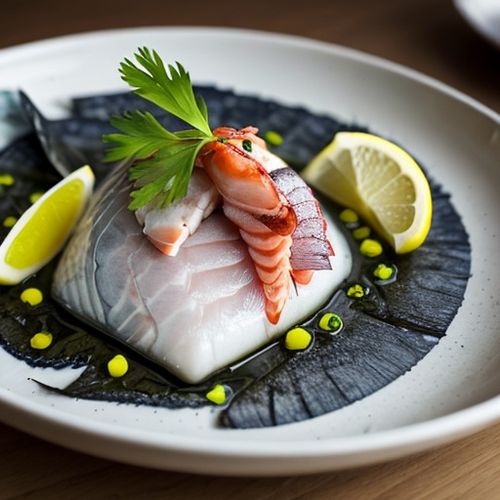
By James Moore/Mar 29, 2025

By Noah Bell/Mar 29, 2025
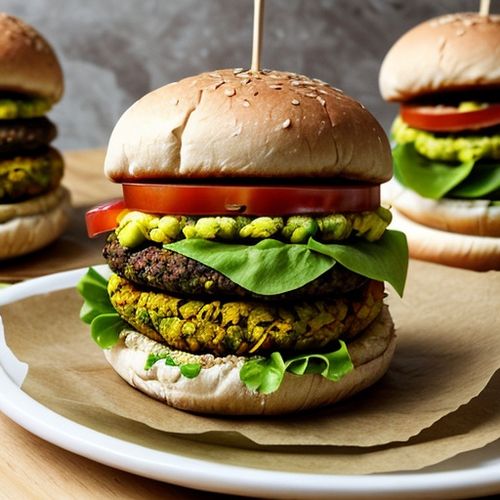
By Ryan Martin/Mar 29, 2025
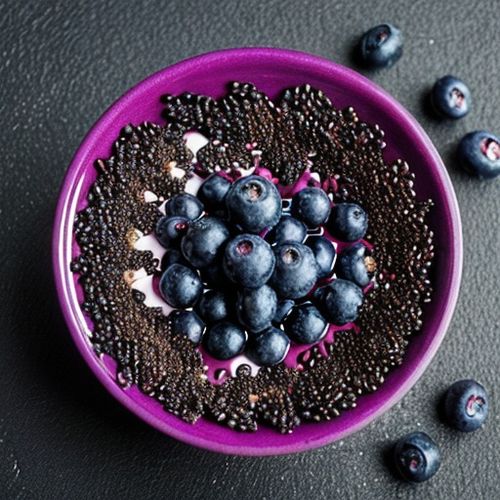
By Sarah Davis/Mar 29, 2025
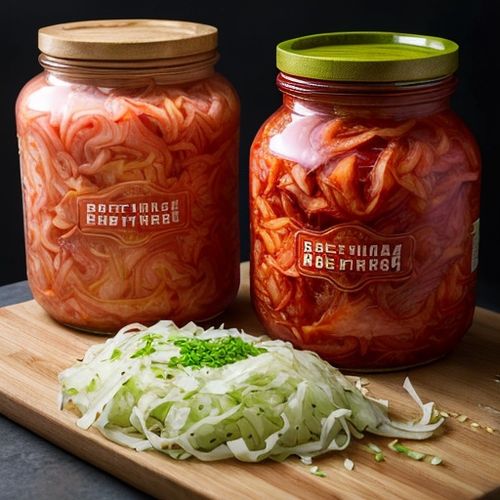
By William Miller/Mar 29, 2025

By Lily Simpson/Mar 29, 2025
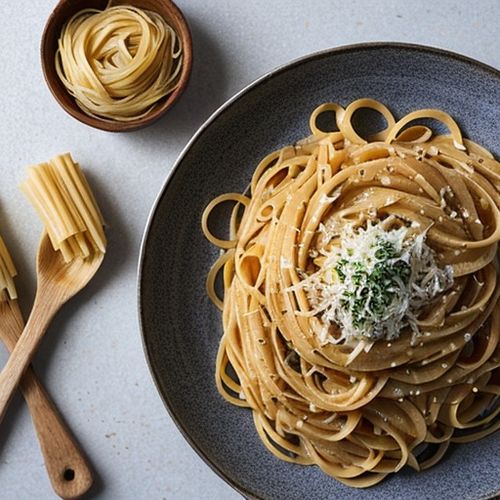
By William Miller/Mar 29, 2025
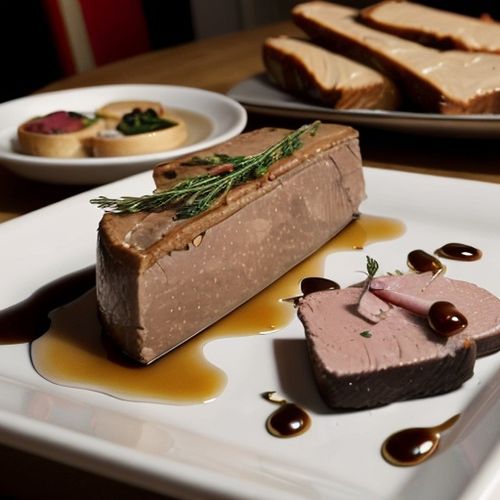
By Rebecca Stewart/Mar 29, 2025
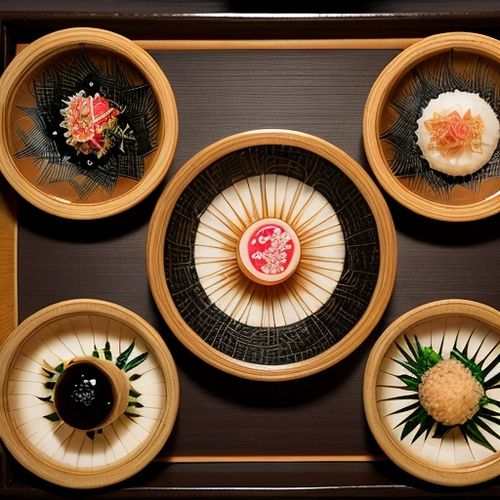
By Joshua Howard/Mar 29, 2025
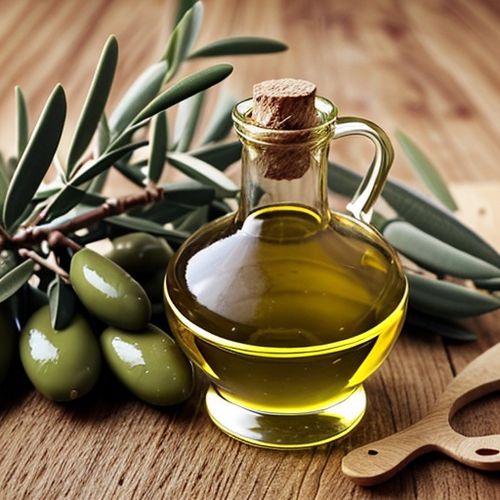
By Emily Johnson/Mar 29, 2025

By David Anderson/Mar 29, 2025
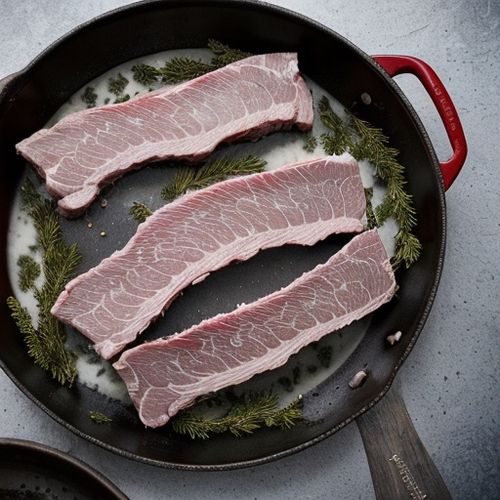
By Thomas Roberts/Mar 29, 2025

By Jessica Lee/Mar 29, 2025

By Amanda Phillips/Mar 29, 2025
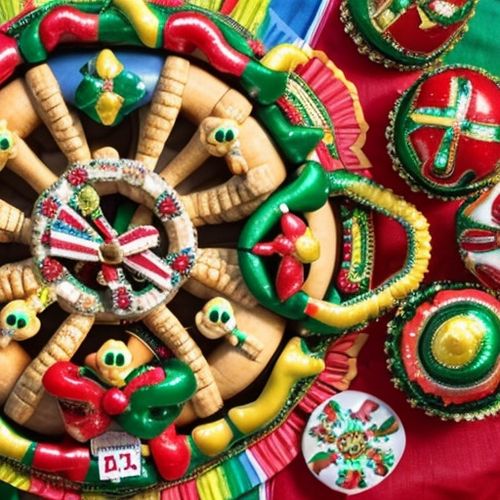
By Sophia Lewis/Mar 29, 2025
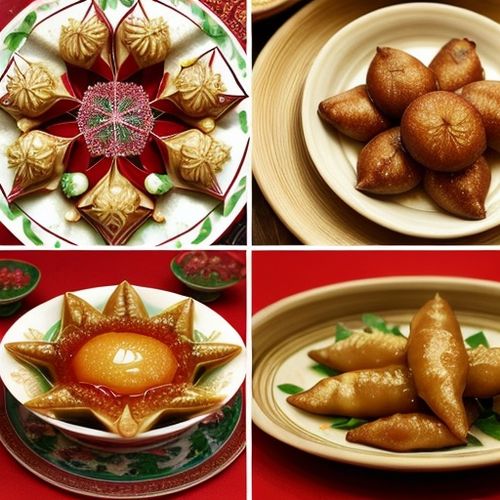
By Laura Wilson/Mar 29, 2025

By Emma Thompson/Mar 29, 2025

By Samuel Cooper/Mar 29, 2025
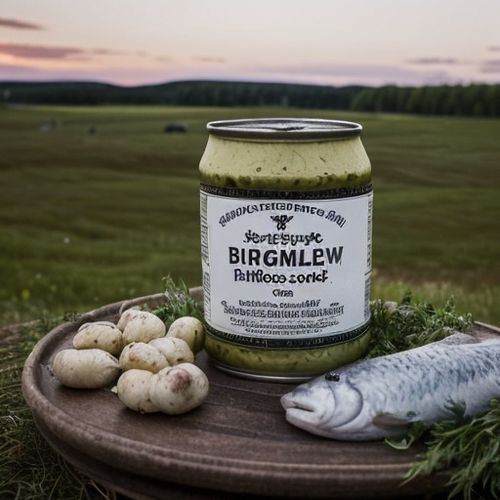
By Olivia Reed/Mar 29, 2025
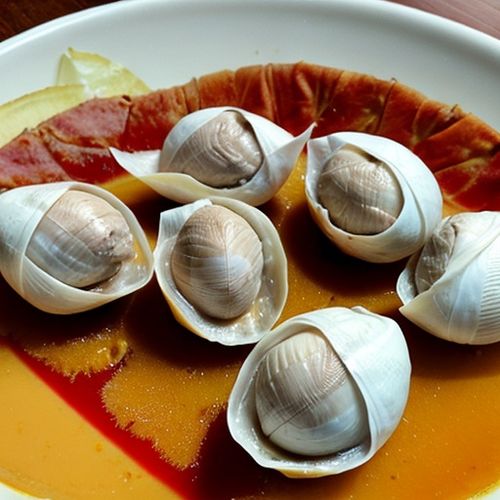
By Noah Bell/Mar 29, 2025